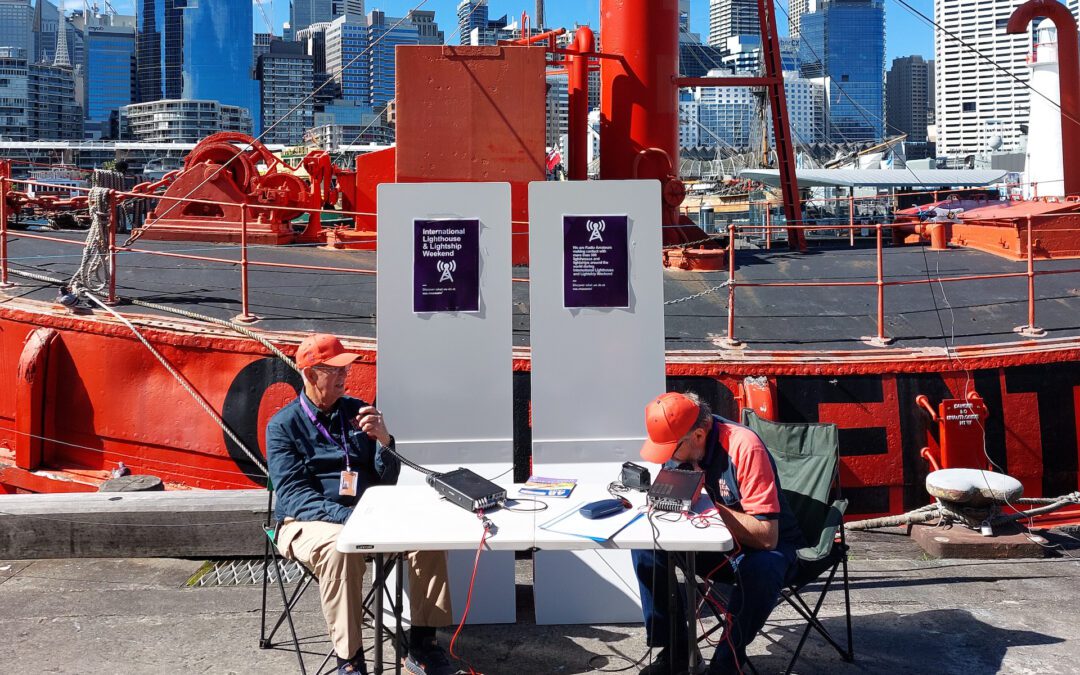Lighthouse enthusiasts around the world have celebrated the history of lighthouse heritage sites over the weekend by opening their beacons to the public and communicating with foreign lighthouse stations.
The International Lighthouse and Lightship Weekend is an annual event in which amateur lighthouse radio operators compete to communicate with as many lighthouse radio broadcasters globally in 48 hours.
The weekend saw 409 lighthouses and lightships from 43 countries register to broadcast.
The event works in tandem with Lighthouse Heritage Weekend, which encourages local councils, conservators and lighthouse keepers to share the history of lighthouses and lightships.

The Australian National Maritime Museum (ANMM) took part in the weekend’s activities to share the history of the Cape Bowling Green Lighthouse. The lighthouse was originally located in far North Queensland to help ships navigate the Great Barrier Reef. It was relocated to the ANMM in 1987 as a collection item.
Cape Bowling Green lighthouse Senior Conservator and lighthouse caretaker, Nicholas Flood, was excited to show off the lighthouse after Covid-19 disruptions saw the museum struggle to recruit volunteers for the weekend in previous years.
“Over 250 people went up and down the lighthouse on Saturday and I think we had around 320 on Sunday,” Mr Flood said.
“This year we went a little bit further and incorporated the radio operators, allowing them to use the lighthouse’s callsign and the lightship Carpentaria callsign.”
Radio operations also took place from HMAS Vampire, the ANMM’s destroyer-class battleship.
The event takes place on the third weekend of every August. This year was the 26th International Lighthouse and Lightship Weekend.
Feature image displays amateur radio operators Stuart and Steve in front of the museum’s lightship Carpentaria. Image from Nicholas Flood, senior conservator of the Australian National Maritime Museum.

